There’s nothing like a pot of Southern-Style Black-Eyed Peas bubbling away on the stove, filling the kitchen with a smoky, cozy smell. Whether it’s for New Year’s Day or you’re just craving some good ol’ comfort food, this dish always hits the spot.

Save This Recipe! 💌
I have been eating a bowl full of my Grandma's Southern Style Black-Eyed Peas on New Year's Day for as long as I can remember. Whether it was in my Grandma Olga Mae's kitchen, or at home where my Dad was cooking up a batch, it's always been one of my greatest food memories.
Olga Mae didn't stand for any recipe to be overly complicated. From her easy collard greens, to her simple cream biscuits, to these hearty New Year's Day Black Eyed Peas, she was all about getting delicious, comforting food on the table quickly and easily.
Quick side note: Eating black-eyed peas and collard greens on New Year's Day is a Southern tradition that goes back generations. Collard greens represent paper money and a black-eyed peas represent coins. Together they are supposed to bring good luck.
To take things to the next level, my grandma, and a lot of Southern grandmas, would toss a dime into the pot of boiling peas. Whoever got the coin in their bowl would have money coming their way in the New Year. I'm not sure that your local pediatrician would approve, but I'm shining up a dime right now, because I don't know about you, but I'm not taking any chances.
Jump to:
Ingredients & Substitutions
These are the simple ingredients needed to make this easy recipe for New Year's Day black-eyed peas. Let's take a look at each of the ingredients and see where we can make changes if we need to.
Not pictured, the dime that you may want to include this year, just in case 😬

- Smoked meat - Smoked pork neck is a traditional meat for adding rich, smoky flavor to your black eyed peas. Some people use ham hocks, but I feel like smoked pork that has a lot more meat and less fat. It is usually found in the meat section near whole hams. Other smoked meats like ham hocks, turkey wings, a ham bone, or even thick sliced bacon will also create the flavorful broth you are looking for.
- Black eyed peas - I use dried black eyed peas, found in the rice and beans aisle of most grocery stores, but canned peas can be used in a pinch. Just add them in the last 30 minutes of cooking.
- Onion - For certain recipes I just feel like you need an onion. This is one of of those recipes. I like a sweet onion, like vidalia, but use what you have. If you have an allium allergy, you could substitute with bell pepper, celery, or fennel and still get a complex flavor.
- Broth - I like the savory and umami flavors from chicken broth, but you can use vegetable broth if you prefer. I wouldn't recommend beef broth because I feel like its flavor overwhelms the delicate nutty flavor of the peas.
- Salt and pepper - I add one teaspoon of salt at the beginning of cooking peas, to ensure they are seasoned inside, and then season the finished broth to taste with salt and black pepper.
- Sugar - Whether or not you add sugar to your Black Eyed Peas is a regional or family thing. My grandma believed that adding sugar balanced the saltiness of the smoked meat and now that's how I do it. Start with a teaspoon, taste, and add up to a total of three teaspoons. Or, you know, don't.
See recipe card below for a full list of ingredients and measurements.
Variations and add-ins
- Spices: Include a pinch of cayenne pepper, red pepper flakes, smoked paprika, thyme, or cajun seasoning for added depth to your Southern black eyed peas recipe.
- Herbs: Bay leaves adds a subtle depth of flavor and works well with the smoky pork. Thyme lends a warm, herbal note. Fresh parsley is often added at the end for a bright, fresh finish. I prefer scallions myself.
- Tomatoes: Add a can of diced tomatoes or fresh chopped tomatoes for a tangy twist.
- Greens: My Uncle Jim liked to stir in chopped collard greens during the last 15-20 minutes of cooking, and it was always a good pot of peas.
- Hoppin' John: Simply put, Hoppin' John is black eyed peas either served over white rice or cooked with the rice. Often you'll add other vegetables like carrots and celery to the broth to enrich it.
Soaking dried beans and peas
It's always a good idea to, as my Grandma Olga Mae used to say, "pick over" your peas and beans (legumes) before soaking and cooking them because "you don't know where they been." Good point Olga Mae. Plus, it's hard to pull out anything that "isn't a bean" before they've been soaked and cooked. Here's how to do it:
Picking
- Pour the dried beans or peas onto a clean surface or into a large bowl.
- Sort through them carefully, removing any pebbles, debris, or shriveled peas.
Cleaning
- Place the picked beans in a colander or large bowl.
- Rinse them thoroughly under cool running water to remove any dirt or dust. Swirl them around with your hands to ensure they’re clean.
Soaking
Soaking helps to soften beans and peas and reduce cooking time. You can choose from two methods:
Overnight soak (preferred for best texture):
- Transfer the cleaned legumes to a large bowl and cover them with 3-4 inches of water (they’ll expand as they soak).
- Let them sit at room temperature for 8-12 hours or overnight (no need to cover them, but you can if you prefer)
- Drain the liquid and rinse.
Quick Soak (if short on time):
- Add the cleaned legumes to a pot and cover them with 3-4 inches of water.
- Bring the water to a boil and let it boil for 2-3 minutes.
- Remove from heat, cover, and let them soak for 1 hour.
- Drain and rinse before cooking.
After soaking, your beans or peas are ready to be used in your recipe!
Instructions
It's a fairly simple process to cook this Southern black-eyed peas recipe. You're going to start by heating a little oil or bacon fat in a large Dutch oven and sautéing your diced onion until it is translucent and beginning to turn a little brown on the edges. Some people like to add a little minced garlic at this point, but my grandma never did so I don't either.
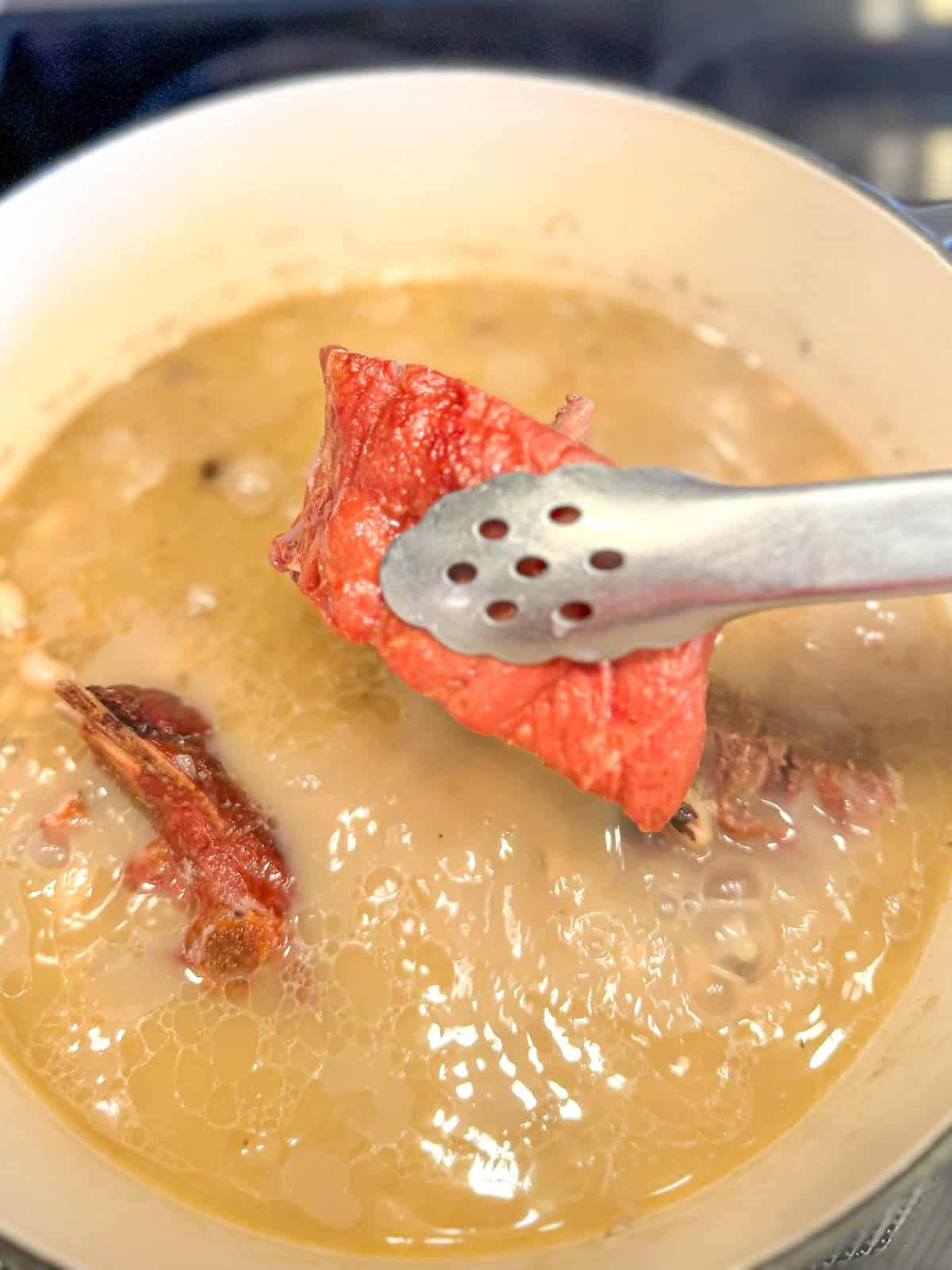
Step 1: Pour in the chicken stock and add the smoked meat to the pot. Cover and simmer for one hour.

Step 2: Add dried and soaked black eyed peas, along with one teaspoon of kosher salt and bring back to a boil. Reduce heat to low and cover.
Allow to simmer for 45 minutes to an hour, or until just beginning to get tender. Remove the cover and cook uncovered for about 20 minutes, or until the peas are done to your desired tenderness.

Step 3: Taste the broth and adjust seasonings. This is where my grandma would add a little bit of sugar, and I do too.

Step 4: If you would like your peas to be a bit thicker, use a potato masher to mash up some of the peas and stir around.
You can also remove ½ to 1 cup of peas and pull them in a food processor and add them back.

Step 5: Remove the smoked pork from the bone, chop or shred, and return to the pot.

With a little luck Want all of your luck and good fortune in one bowl? Try my Black-Eyed Peas and Collard Greens Grits Bowl. Add a little of your leftover black eyed peas to these cheesy grits and quick collards for a simple and delicious bowl of good fortune.
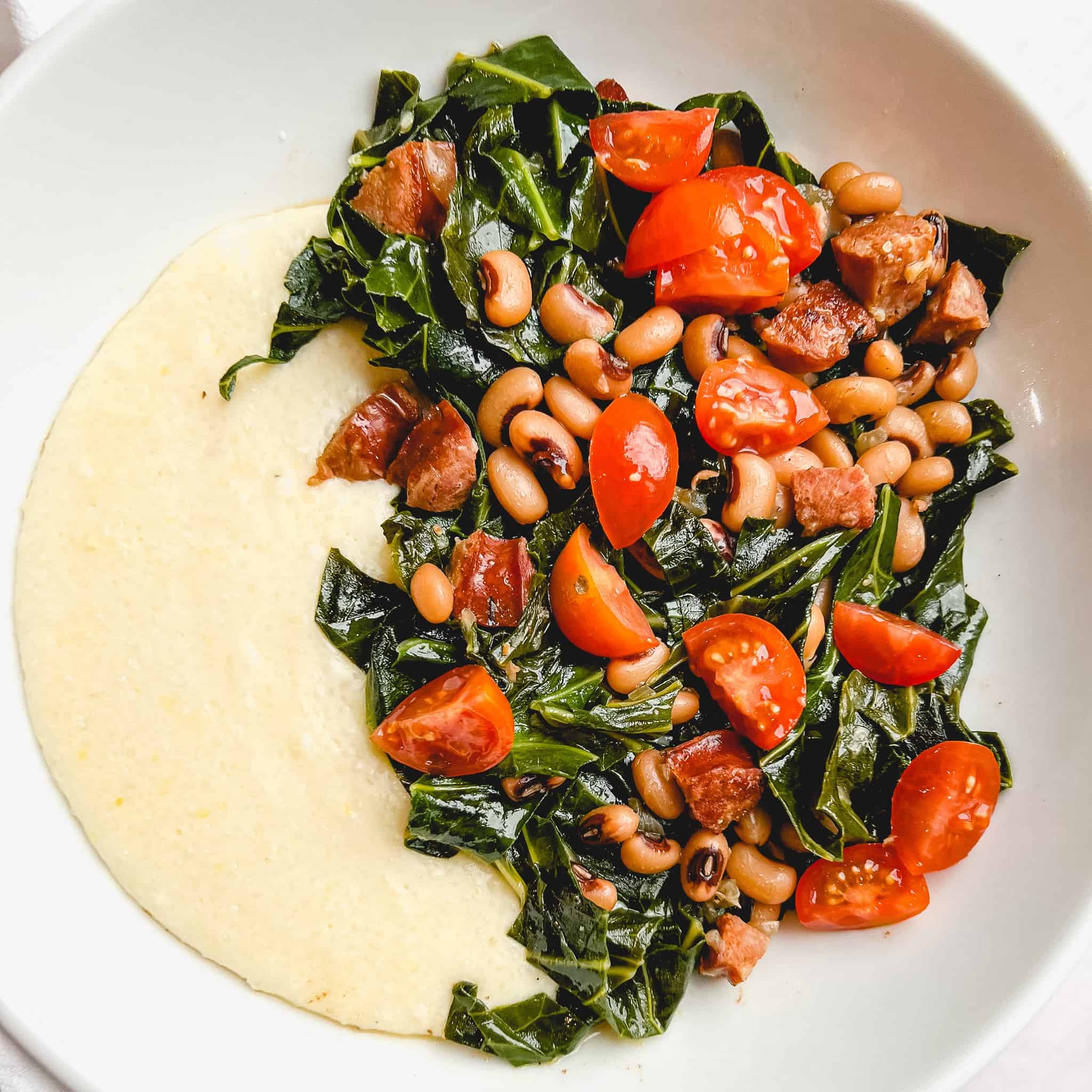
Storage & Reheating
Allow the cooked black-eyed peas to cool to room temperature within 2 hours of cooking. Transfer to an airtight container and store in the refrigerator for up to 4 to 5 days.
To reheat, place the black-eyed peas in a pot and add a splash of water or broth to loosen the consistency. Heat over low to medium heat, stirring occasionally, until warmed through. You can also heat in the microwave in 1-minute intervals, stirring in between, until hot. Add a splash of liquid if needed.
Recipe FAQs
Soaking isn't absolutely necessary, but it helps reduce cooking time and makes the peas cook more evenly. Without soaking, dried black-eyed peas take about 1.5 to 2 hours to become tender. Soaked peas usually take 45 minutes to 1 hour.
To avoid mushy peas, simmer gently rather than boiling, and check for doneness regularly. Overcooking can break them down too much. Bright side: If that happens you probably won't need to mash any peas to thicken the broth.
Yes, canned black-eyed peas are a convenient substitute. Rinse and drain them first, then add them to the recipe during the last 10-15 minutes of cooking to avoid overcooking.
Absolutely! Use vegetable broth for depth and add smoked paprika, liquid smoke, or a splash of soy sauce for smoky flavor.

Did you try this recipe?
Leave a comment with a ⭐️ rating below to tell me all about it, and don't forget to tag me on Instagram!
I appreciate you!
-Cynthia
📖 Recipe

Grandma's Southern-Style Black Eyed Peas
Equipment
Ingredients
- 1 pound dried black-eyed peas soaked overnight or quick-soaked
- 8 ounces smoked pork neck bones or other smoked meat
- 6 cups chicken broth or vegetable broth
- 1 medium onion diced
- Salt and black pepper to taste
- Sugar optional
Instructions
- Soak black eyed peas according to package directions, preferably overnight (see the body of the post for more on this). Drain and rinse and set aside.
- In a large dutch oven, saute onion with one tablespoon of oil over medium high heat until onion is soft and just starting to turn brown on the edges.
- Add chicken broth and smoked pork and bring to a boil. Reduce heat and allow to simmer for an hour.
- Add dried and soaked black eyed peas, along with one teaspoon of kosher salt and bring back to a boil. Reduce heat to low and cover.
- Allow to simmer for an hour, then remove the cover and cook uncovered for about 20 minutes, or until the peas are done to your desired tenderness.
- Taste the broth and adjust seasonings. This is where my grandma would add a little bit of sugar, and I do too.
- If you would like your peas to be a bit thicker, use a potato masher to mash up some of the peas and stir around. You can also remove ½ to 1 cup of peas and pull them in a food processor and add them back.
- Remove the smoked pork from the bone, chop or shred, and return to the pot.
- Garnish with chopped green onion if you like and serve with simple biscuits or cornbread. And don't forget the collard greens!








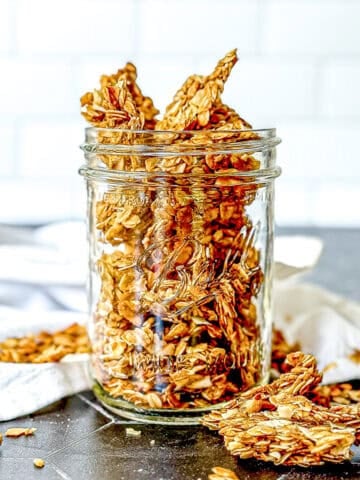

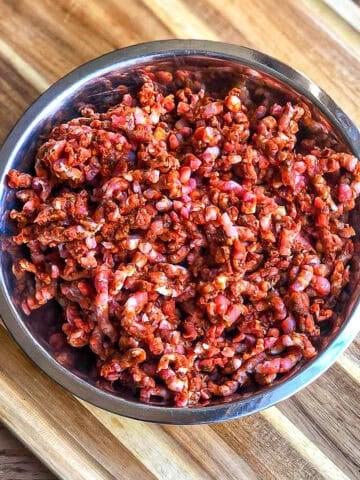


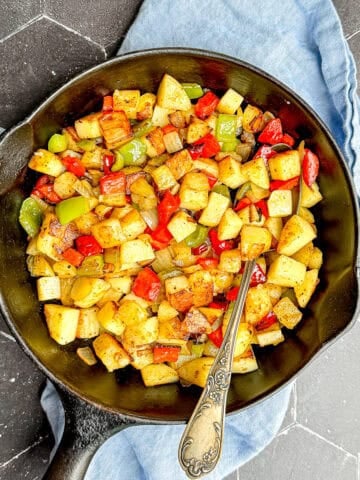
Comments
No Comments